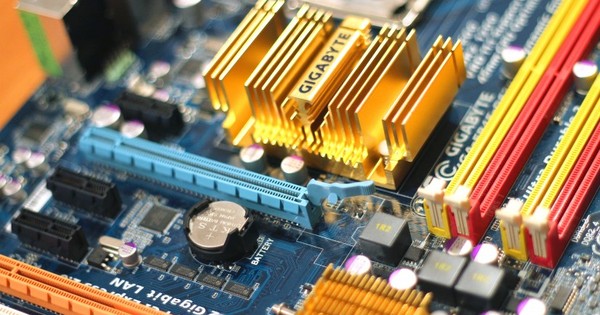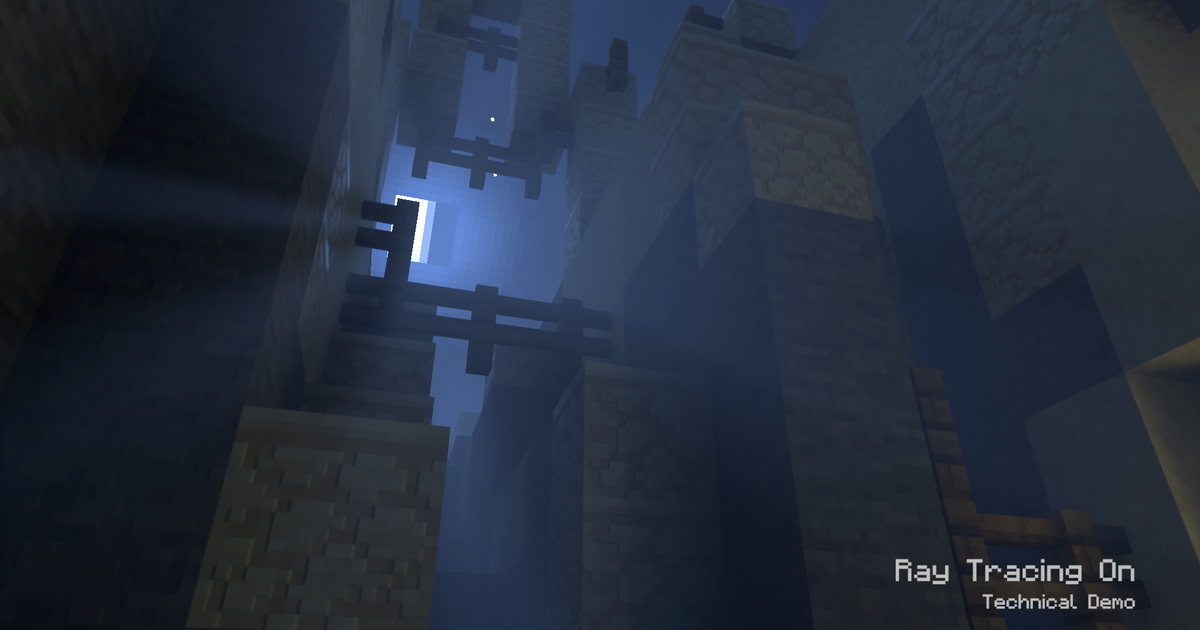AMD (or Intel but it's very early days for them with decent graphics) could make a monster APU with HBM on chip memory for the desktop space if they wanted, I am not sure why they don't. I guess it’s because it could impact sales of GPUs where it makes decent money. Maybe the upcoming 5nm+ with it’s 80% density increase over 7nm plus Micron starting to churn out HBM which will lower the price hugely should allow this revolution but surely the ultimate aim for Intel/AMD APUs is to win as many market segments as possible and this includes the high end.
I accept there will always be a few segments where APUs aren't suitable, things like very specialist server and AI stuff as the ratios of CPU vs GPU vs memory is very different or the ultra high end enthusiast market where cost is not a factor and it’s all about highest performance at any wattage but for the most part APUs are the future of all other segments. They already have low cost builds sown up and we should be seeing low end turning into mid range then hopefully moving to high end.
In the next few years both AMD and Intel will have the ability to build APUs with massive CPU performance, massive GPU performance and enough HBM3 stacked system memory to be used as the unified system memory for both CPU and GPU, and so getting rid of the slow and energy expensive off chip DDR memory. This has to be where these companies are heading long term isn't it???
So lets say in 2022 when 5nm is very mature (3nm should be here by then too) then AMD could build an APU with 16 CPU cores, 120CU and 32GB HBM3. I know this sounds crazily expensive to achieve right now but when you actually sit down and look at the costs it's honestly the better value route for performance.
The cost of separately putting a system like this together in 2022 would be roughly as follows:
CPU (16 Cores Zen 4) = $500
GPU (120CU RDNA 3.0 with 16GB GDDR6) = $1200
RAM (32GB DDR5) = $400
Total = $2100
So the first question is, would AMD be happy to sell this APU for less than $2100? I would say yes very happy considering the XSX chip is roughly half this chip and they sell that for probably less than ~$100 each to Microsoft! Now ok, that is in massive quantities and the HBM memory will add a lot to the costs but not too get it close to $2100 and so it would still be a huge margin product for anyone who makes it.
The XSX is only 360mm^2, moving to 5nm+ increases the density by 80% so even though I am suggesting doubling pretty much everything the HBM reduces the bus size coupled with 5nm it wouldn't be a crazily big chip, certainly no bigger than 600mm^2, which is big but still very doable. It would actually be around the same size and design as AMD's Fiji chip which had a launch price of just $649 back in 2015.
With densities and efficiencies afforded by the advanced 19 layer EUV process on TSMC's 5nm node plus Zen 4's power efficiencies plus RDNA 3.0 being 50% more power efficient than RDNA 2.0 which is 50% more efficient than RDNA 1.0, I truly believe this seemingly fanciful list of specifications for an APU is actually easily do-able if there is a will to make it.
Granted, clocks might have to be tamed a little to keep temperatures under control as transistor density will be very high but I would think the massive bandwidth and ultra low latencies of having HBM as the on die system memory would go a long way to making up for lower clocks.
Maybe the CU count won't be the most important thing to focus on in the future, maybe it will be all down to the number of accelerators they can include on a self-contained, purpose built, giant, higher performance APU with ultra low latency insanely wide bandwidth memory that will actually be the key differentiator allowing for things not possibly on a non-APU system.
I'm not saying this is a perfect fit for all use cases but it would amazingly powerful for a lot of gamers, workstations, programmers, high-res professional image editing, 3D rendering, etc, etc.
These types of chip would be perfect for something like the MS Surface equivalent of the Apple Mac Pro in 2022 .
Intel and AMD and currently locked in a fierce battle for CPU supremacy, Intel is also doing what it can to start a battle in the GPU space too and possibly Nvidia will join the APU fight if it does buy ARM but ultimately the victor will be the company that truly nails APUs at the majority of performance segments first.
For whatever reason we have yet to see a powerful APU come to the desktop, it's only low cost, low power stuff but even though AMD seems to be doing all the ground work to set this up maybe it will be Intel that brings something truly special first? Intel looks to be playing around with big.LITTLE CPU cores which lends itself to APU designs from a thermal management standpoint. Plus Intel are doing their utmost to build a decent scaleable graphics architecture with it's Xe range. But the biggest indicator of Intel's intentions is their work on Foveros which shows they understand the future needs all in one APUs with system memory on the die but again it's just down to which company beings a finished product to market first.
I guess it's just 'watch this space' for who does it first but this is certainly the future of computing, imo. What is very interesting is ARM based chips are way ahead of x86 when it comes to all in one chip design, just look at the likes of Fujitsu's A64FX, this is an incredible chip. So x86 has to be careful to not be caught napping. If Intel or AMD don't make a super high end APU soon then Apple will very quickly show what is possible using ARM or even their own design using the RISC V architecture to completely relinquish their dependence on everyone for their chips, especially if Nvidia buys ARM. Amazon are kind of making APUs, Huawei do, Google do, Nvidia too, ok all these are very different types of chips to what I am talking about above but what I'm saying is they all have the experience of designing very high performance, complex chips and with Windows already supporting ARM and emulators working pretty well now then a move away from x86 could happen very quickly if one of these massive players nails a super powerful APU with key accelerators for the PC market.
One thing is for sure, we have an amazing few years ahead of us.







